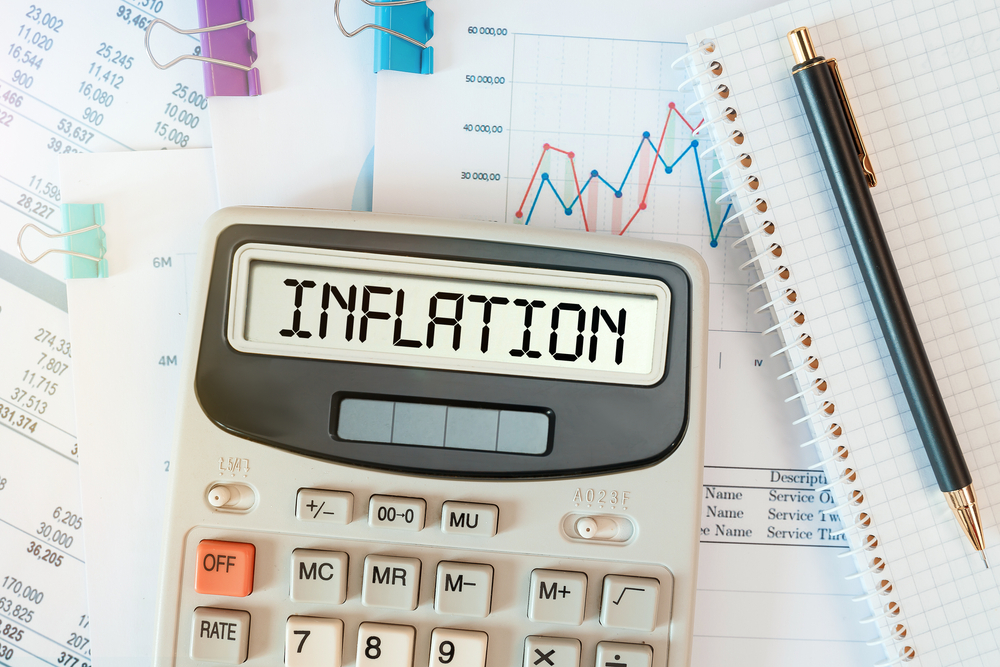Workers are in line for a bigger-than-expected boost to their pay packets.
Fierce competition for labour has spurred faster wage growth that’s tipped to reach four per cent through the year to the June quarter of 2024 – its fastest pace since 2009.
Treasury wage forecasts in the Albanese government’s second budget are slightly higher than in the October edition, which foresaw the wage price index peaking at 3.75 per cent in the next financial year.
The government has taken some credit for the upgraded projections by funding a pay increase for aged care staff, along with advocating for a boost to minimum and award wages so low paid workers “don’t go backwards”.
A faster-than-expected slowdown in inflation is tipped to bring forward a real wage rise for workers, which is when pay increases are lifting faster than prices are rising.
Inflation is running at seven per cent and Treasury predictions have the consumer price index travelling down to six per cent over the year.
It’s then expected to sink to 3.25 though to the June quarter of 2024 – lower than the October budget – and then to 2.75 per cent in through to the midpoint of 2025 – slightly above earlier forecasts.
Treasurer Jim Chalmers said the cost of living package was largely responsible for bringing inflation down quickly in 2023/2024.
The energy costs package alone – including bill relief for households and price caps on coal and gas – is expected to shave three-quarters of a percentage point off headline inflation by the June quarter of 2024.
“This budget has been carefully calibrated not to add to inflation it’s responsible and targeted and spread across a number of years so it won’t hit the economy all at once,” he said on Tuesday.
Independent economists Chris Richardson said the government was right to support vulnerable households, such as boosting JobSeeker, but the budget still wasn’t restrained enough to rule out further interest rate hikes.
“The budget does inject extra money into the economy. That will be spent,” he said.
The treasurer defended the extra spending that had not been offset by cuts elsewhere.
“It depends on how you spend it, the quality of the spend,” he said.
While the inflation fight was the frontline battle for Labor’s second budget, repairing the budget position was also a pressing concern.
Fortunately, the government was gifted revenue windfall from low unemployment, strong jobs and wages growth, and sky-high prices for key exports, which have put Labor in the position of delivering a slender surplus of $4.2b.
The surpluses won’t continue, however, with commodity prices expected to fall and the labour market to cool.
However, future deficits are tipped to be much smaller than previously forecasts, with the underlying cash balance improving by a cumulative $125.9b over the next five years.
The decision to bank 82 per cent of the tax upgrades has run down government debt considerably.
The budget is nursing a $887b debt this financial year and, while still an enormous sum, it’s less than forecast in October.
It’s still heading towards the trillion dollar mark, but that’s been pushed back by two more years.
The outlook for unemployment remains largely unchanged but will be a quarter of a percentage point lower this year due to resilience in the labour market that’s been supported by a swift rebound in migration post-pandemic.
Treasury’s near term-growth forecasts are unchanged from October, slowing to 1.5 per cent in 2023/24 and then strengthening to 2.25 per cent in 2024/25.
After a few years of subdued growth, the ongoing population recovery – and the associated jump in home building to house the arrivals – is tipped to underpin 2.75 per cent growth in 2025/26 and 2026/27.
Poppy Johnston
(Australian Associated Press)





